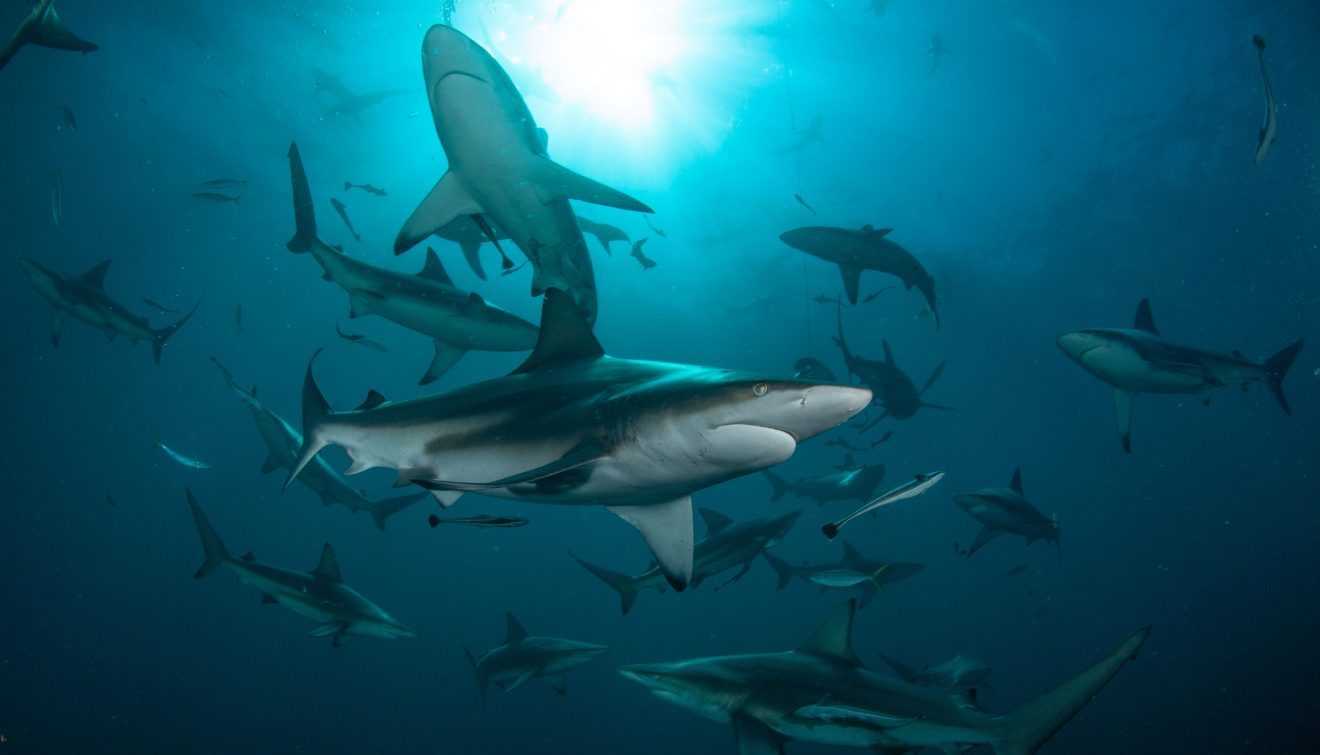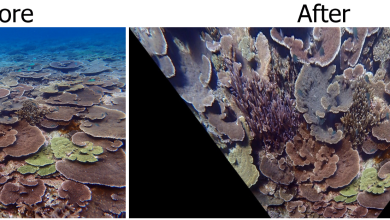You’re Gonna Need A Bigger Boat: What Shark Are You Based On Your Major?
Sharks have long held the public’s attention: From Megalodon, the biggest shark to ever live, to “Jaws” to Discovery Channel’s yearly Shark Week. But have you ever wondered what type of shark you would be? We took eight popular Florida Tech majors and asked assistant professor and shark expert Toby Daly-Engel which shark best represents each.
Aerospace Engineering: Starry Smooth-Hound
Found in the northeastern Atlantic, starry smooth-hounds are gray sharks with white dots on their backs that measure between 100 and 150 centimeters and weigh up to 10.6 pounds. They can live in small groups, sometimes in association with other sharks. Adolescents mostly eat crustaceans, moving on to fish as adults.
Daly-Engel: “The first one I thought of automatically: aerospace. There’s this excellent shark called a starry smooth-hound, or Mustelus asterias. So ‘aster,’ like star, like our motto: Ad Astra Per Scientiam.”
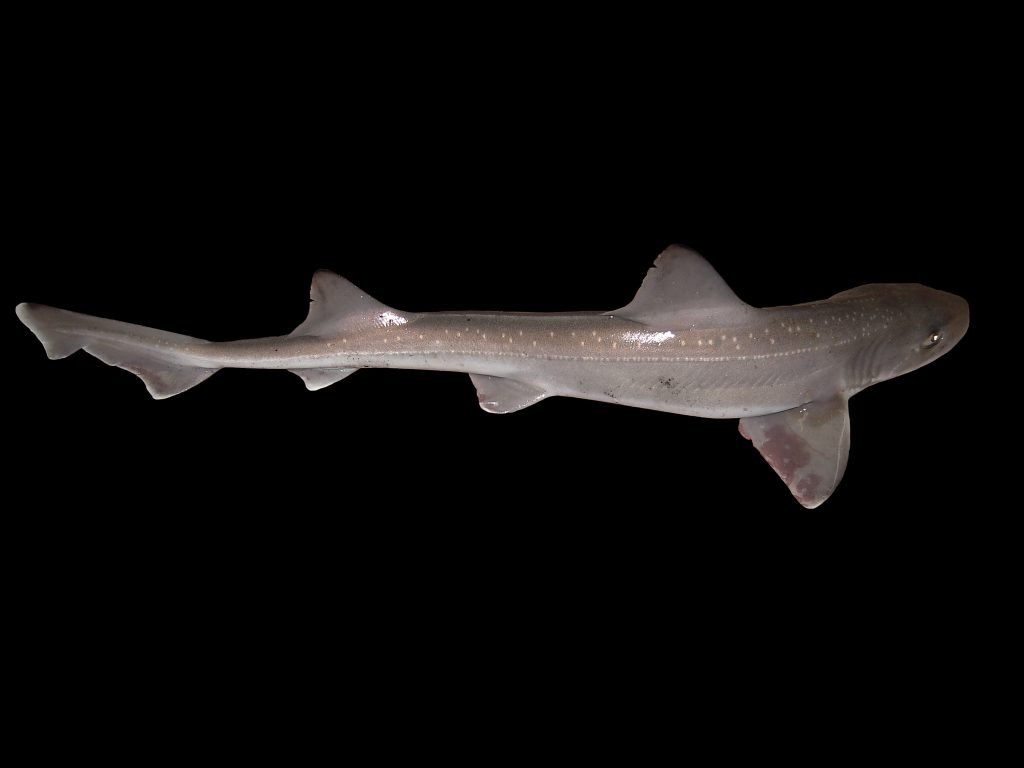
Computer Science: Ninja Lanternshark
Ninja lanternsharks have jet-black skin, bulbous eyes and special cells that allow them to glow in the dark, which they use to blend in with the ocean’s depths and appear invisible from below. Their scientific name, Etmopterus benchleyi, is in honor of shark-lover and “Jaws” author Peter Benchley.
Daly-Engel: “First, you have to understand Dr. Toby’s philosophy on computers, which is that they are like horses: If you don’t know what you’re doing, the horse knows, and it’s not going to do what you want to do. So in my mind, the best shark to represent computer science is the ninja lanternshark, because all people who can speak computer, to me, are like ninjas.”

Biomedical Engineering: Nurse Shark
Yellowish-brown with round heads and small eyes, nurse sharks are commonly found on coral and rocky reefs in the eastern Pacific Ocean and the eastern and western Atlantic Ocean. They can remain perfectly still and spend most daylight hours resting in caves or under ledges, but at night, they use suction feeding to consume fish, rays and invertebrates.
Daly-Engel: “Nurses, surgeons, PAs and all sorts of other medical professionals implement the kinds of things that biomedical engineers will come up with. We have, in the shark world, our very own medical professional, and that’s the nurse shark.”

Psychology: Bighead Catshark
Found only in Western Australia, bighead catsharks are rare deep-water bottom feeders with elongated cat-like eyes and two small dorsal fins set far back.
Daly-Engel: “One of the nicknames that people give psychologists is ‘shrinks’—’headshrinkers,’ specifically. I thought, of all the sharks out there, if any shark was in a natural need for psychology, it would be the bighead catshark, because heads like theirs are made for ‘shrinking.’”
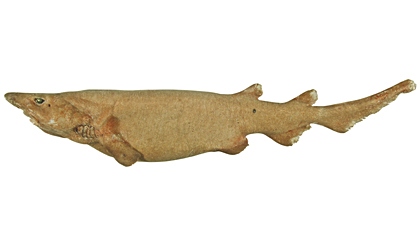
Aviation Management: Winghead Shark
Winghead sharks can be found in shallow, tropical waters in the Indo-West Pacific. Brownish-gray on top and off-white below, they typically hunt on the seafloor and feed on small fish and crustaceans. Their wing-shaped heads are nearly half their body lengths.
Daly-Engel: “Hammerhead sharks are those weird-looking ones, and there’s one that looks different from all the other ones. It looks different because its head, instead of being more hydrodynamic, it’s basically just a straight board. They are called Eusphyra blochii. For aviation management, I thought of these guys. Their name is the winghead shark because they literally look like airplanes flying through the ocean.”
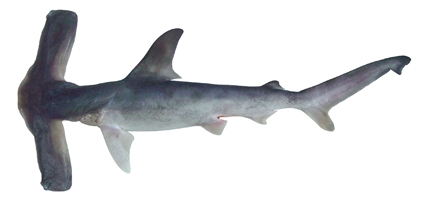
Ocean Engineering: Seafarer’s Ghost Shark
Chimaeras, also called ghost sharks, were common in earlier evolution but are now only found in the deep sea. While closely related to sharks, skates and rays, Chimaeras differ from their shark relatives in that their upper jaws are fused to their skulls.
Daly-Engel: “For ocean engineering, it has to be this species called Chimaera willwatchi: the seafarer’s ghost shark. Ocean engineers, in my mind, are the modern equivalent of ancient shipbuilders and seafarers and people who navigated the ocean and built the machines that can do that.”
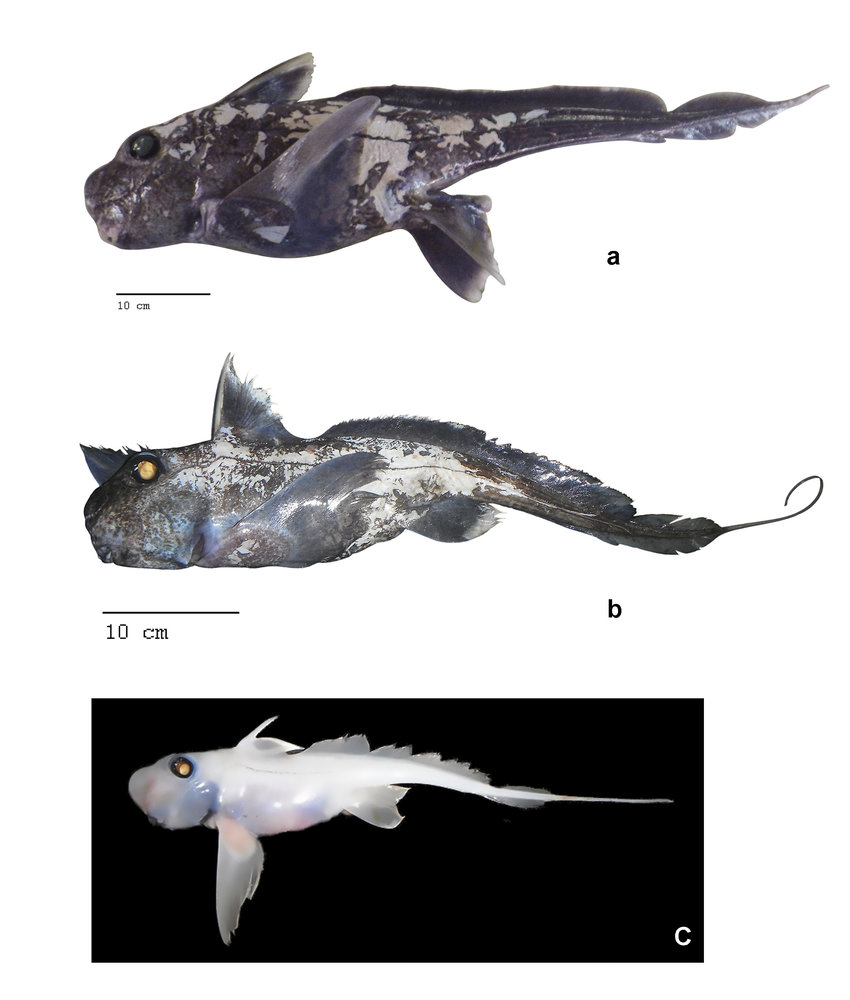
Meteorology: Cloudy Catshark
Found off the coasts of Japan, Korea, China and the Philippines, cloudy catsharks are bottom dwellers that inhabit rocky reefs in the northwestern Pacific Ocean. Their bodies are covered in dark brown stripes along their back and tail, and they feed on mollusks, crustaceans and bony fish.
Daly-Engel: “These are the people who let us know about air currents and weather systems, among many other things. In my mind, I think meteorology, and I think precipitation. So, cloudy catshark.”
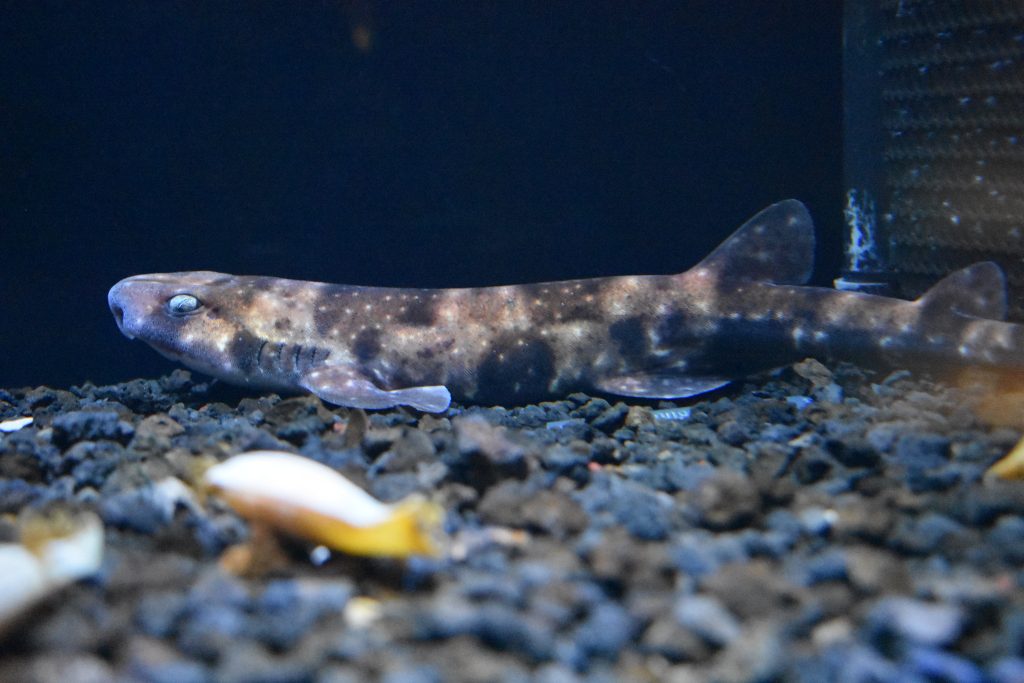
Sustainability Studies: Spongehead Catshark
Spongehead catsharks are a rare species of deep-sea catshark found in the Banda Sea off southern Sulawesi and the Hawaiian Islands. They are dark brown and have a wide, rounded snout with a thick body and head.
Daly-Engel: “Sustainability is all about making our world a place where we will be able to thrive long into the future, and most of that is cleaning up a big old environmental mess. We’re worried about climate change. We’re worried about pollution. Sustainability, those are the people who are figuring out the best ways to clean our environment, so they would be the spongehead catshark, since many people use sponges to clean up their messes.”
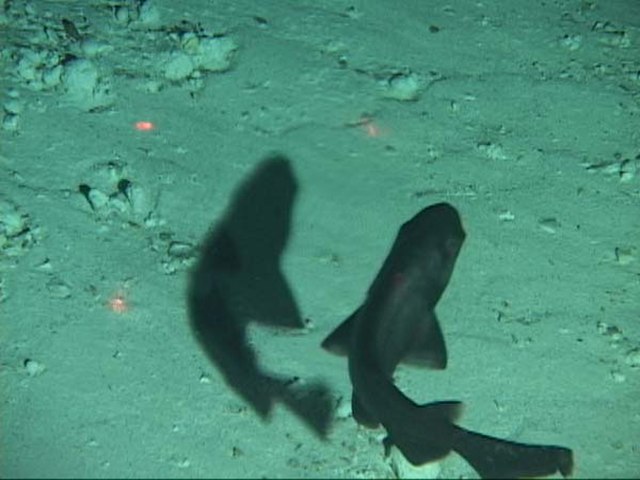
Want more? Check out this stuff!
Learn more about Dr. Daly-Engel’s research and the Daly-Engel Shark Conservation Lab.
Help support shark research at Florida Tech.
Learn about Florida Tech’s Ocean Engineering and Marine Sciences Department.
Read about Dr. Daly-Engel’s appearance in National Georgraphic’s 2023 SharkFest.
Read about Dr. Daly-Engel’s appearance in National Geographic’s 2022 SharkFest.
Read about Dr. Daly-Engel’s appearance in Discovery Channel’s 2018 Shark Week.
Read about Dr. Daly-Engel’s appearance in Discovery Channel’s 2021 Shark Week.
Watch Dr. Daly-Engel discuss her time on Discovery Channel’s Shark Week.

